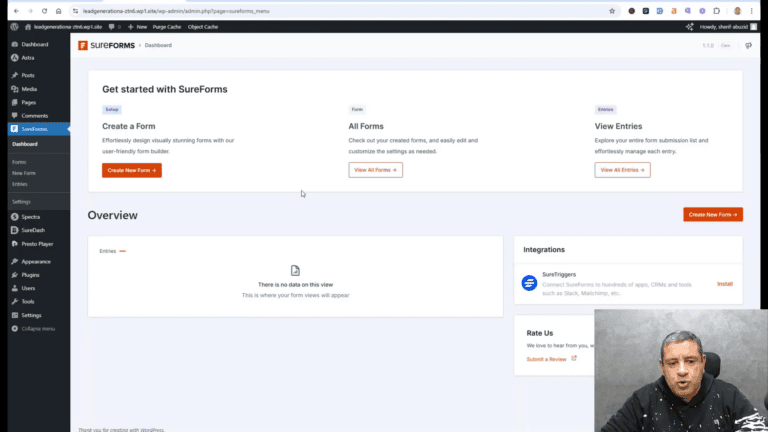Are you struggling with WordPress not sending emails? This blog provides a detailed review of the Fluent SMTP plugin, a solution designed to help you ensure your emails reach the inbox instead of the spam folder. Follow along as we explore its features, setup process, and overall effectiveness.
Understanding the Email Sending Problem
Many WordPress users encounter issues with email delivery. Common scenarios involve customers not receiving order confirmations or users not getting responses from contact forms. The root cause often lies in emails being filtered into spam folders.
This problem can severely impact communication and customer experience. If your emails are not reaching the intended inbox, it could result in lost sales and frustrated users. Recognizing this issue is the first step toward finding a solution.
Introduction to Fluent SMTP
Fluent SMTP is a powerful plugin that simplifies the process of sending emails from your WordPress site. It integrates with various email-sending services, ensuring that your emails reach the inbox instead of getting lost in spam.
This plugin supports popular email providers and allows you to configure SMTP easily. With Fluent SMTP, you gain better control over your email-sending process, improving deliverability rates significantly.
Installing the Fluent SMTP Plugin
To get started with Fluent SMTP, you need to install it on your WordPress site. Here’s how:
- Navigate to the WordPress dashboard.
- Select Plugins and click on Add New.
- In the search bar, type Fluent SMTP.
- Click Install Now next to the Fluent SMTP plugin.
- Once installed, click Activate.
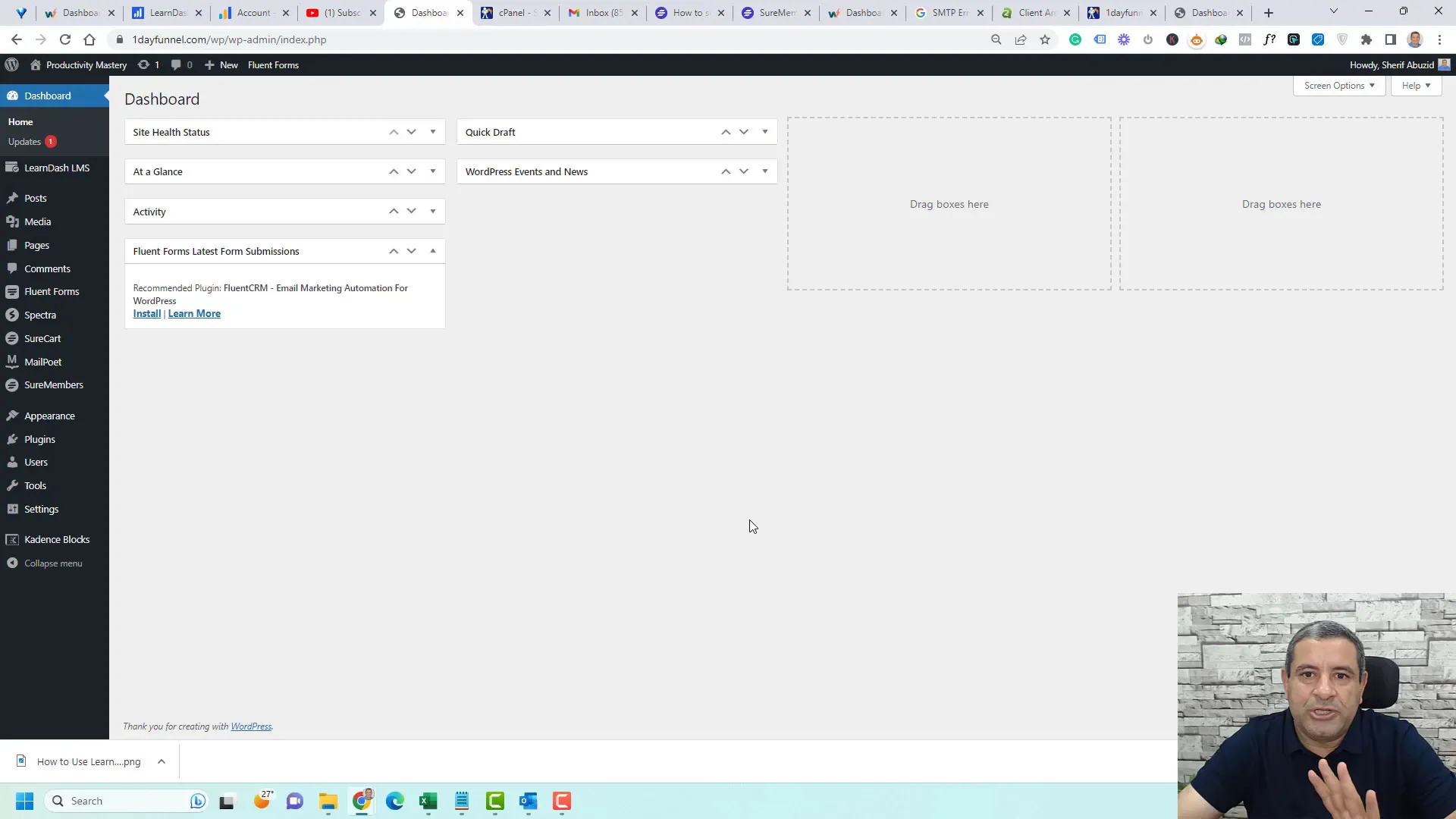
Configuring Your Email Sending Provider
After activation, you need to configure Fluent SMTP to connect with your email-sending provider. This process is straightforward:
- Click on Configure Fluent SMTP.
- Select your email-sending provider from the list. If you’re using a custom SMTP server, choose Other SMTP.
- Fill in the required details, including your email address, SMTP host, and port.
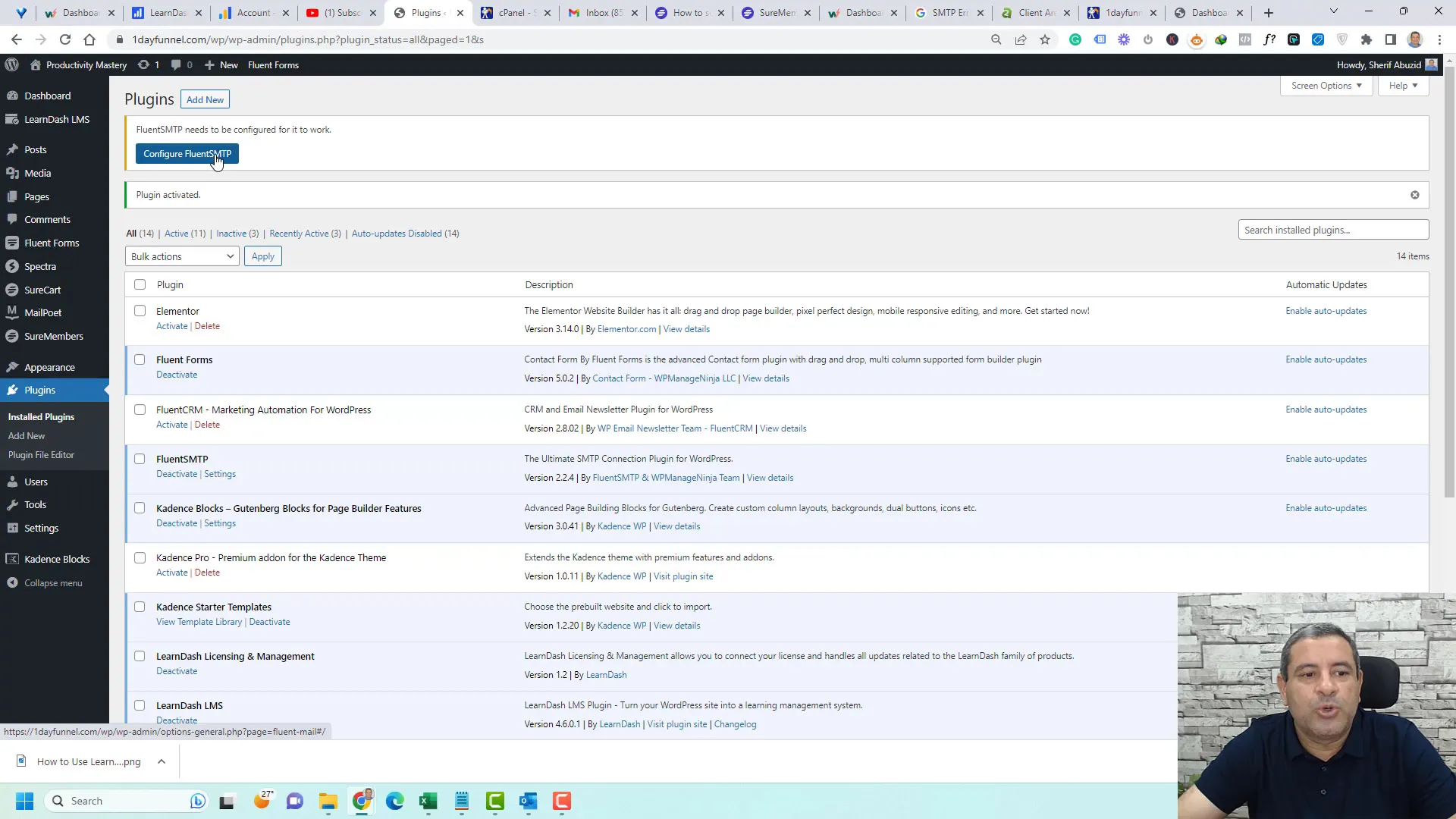
Setting Up SMTP Credentials
Setting up your SMTP credentials is crucial for successful email delivery. Here’s what you need to do:
- Enter your business email address.
- Copy the SMTP host from your hosting provider.
- Input the SMTP port, typically 587 or 465, depending on your provider.
- Select the appropriate encryption method (SSL or TLS).
- Provide your SMTP username and password.
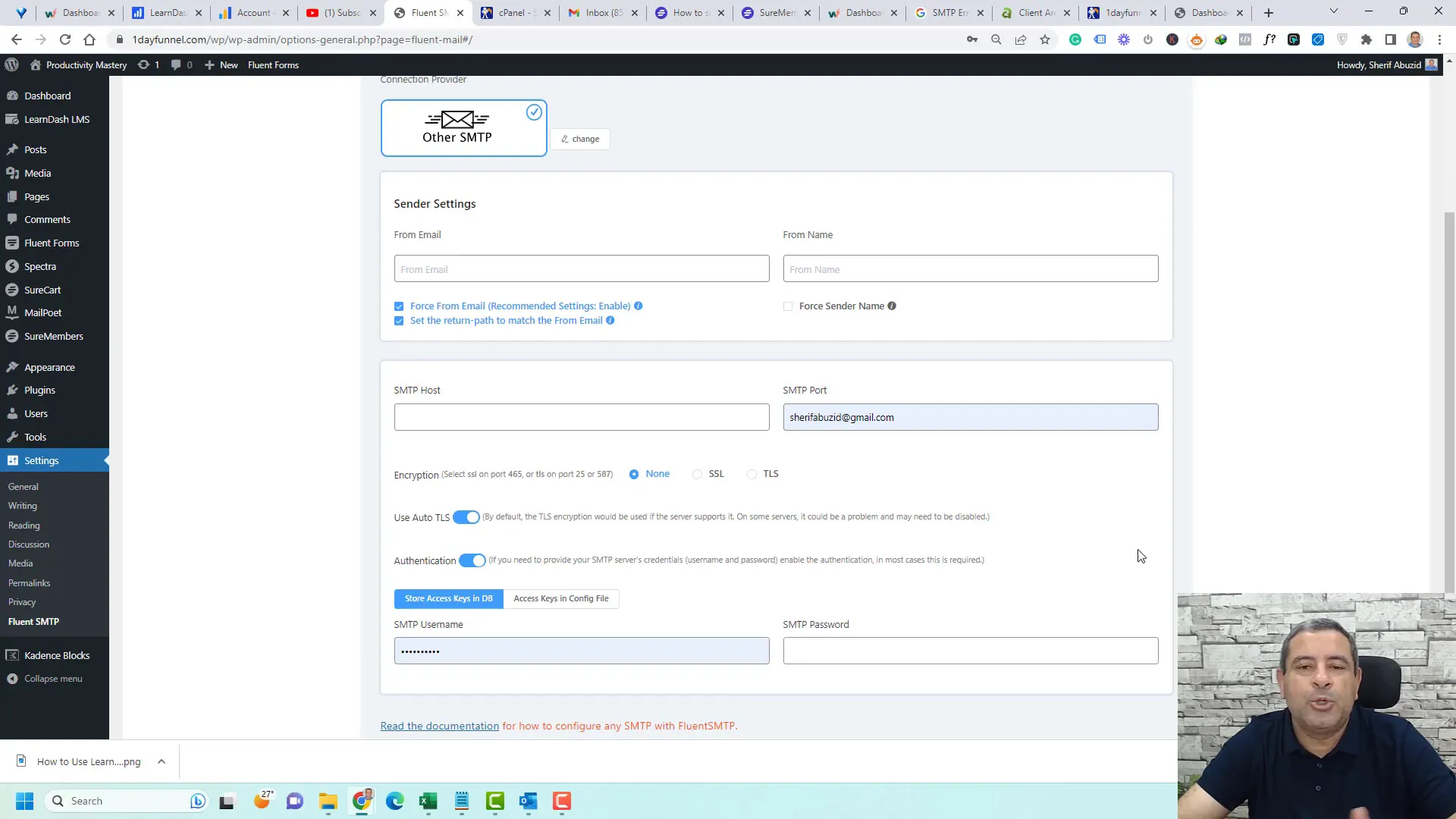
Testing Your Email Configuration
Once you have configured your SMTP settings, it’s essential to test the configuration. This step ensures that everything is set up correctly:
- Go to the SMTP Email Test section in the Fluent SMTP settings.
- Select the email address you configured.
- Enter a test recipient’s email address.
- Click on Send Test Email.
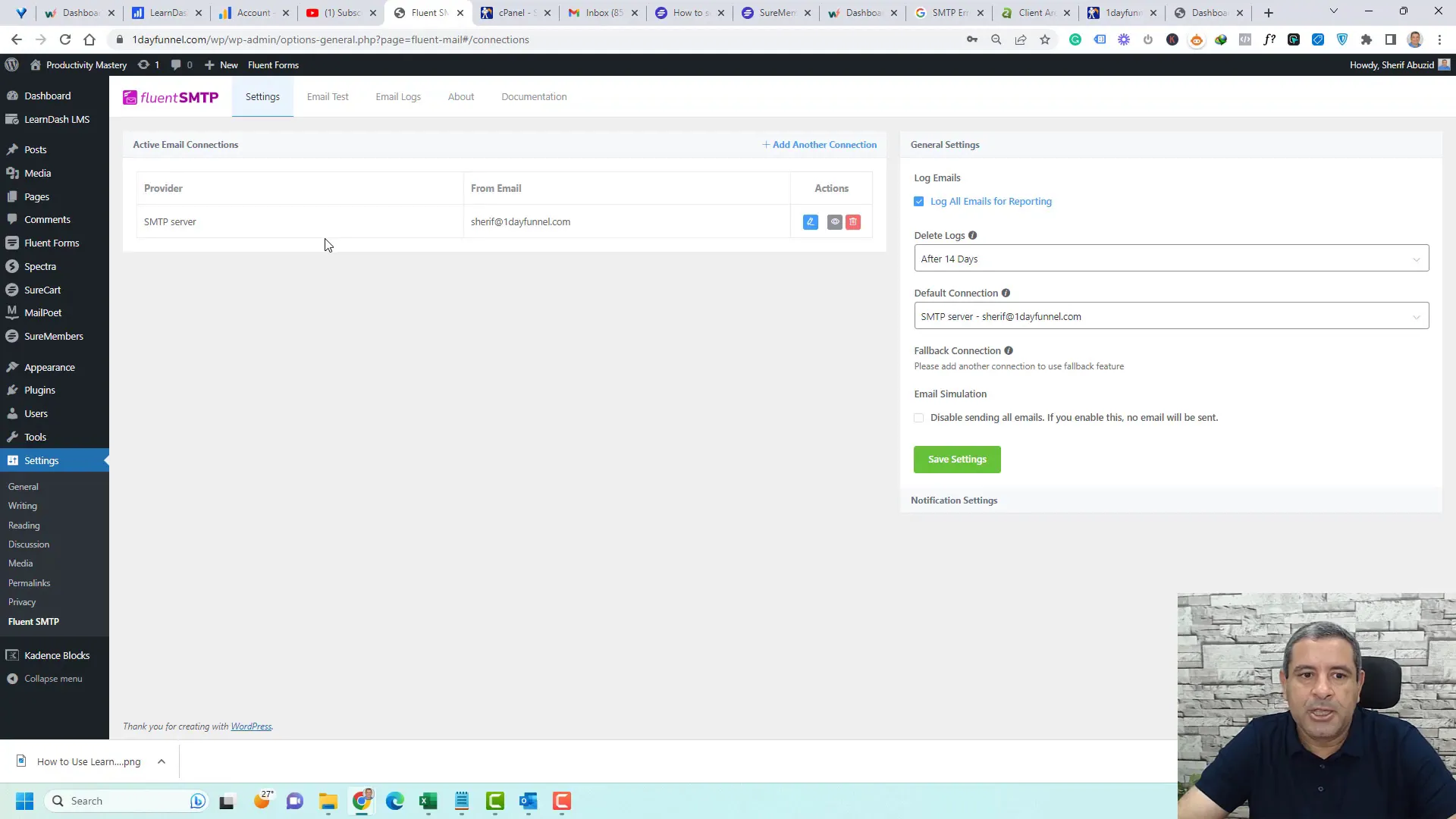
Verifying Successful Email Delivery
After sending the test email, check your inbox to verify delivery. If the email arrives without issues, your configuration is successful:
In the Fluent SMTP dashboard, you can also view email logs. This feature allows you to track sent emails and review any failures. Monitoring these logs is essential for maintaining effective communication through your WordPress site.
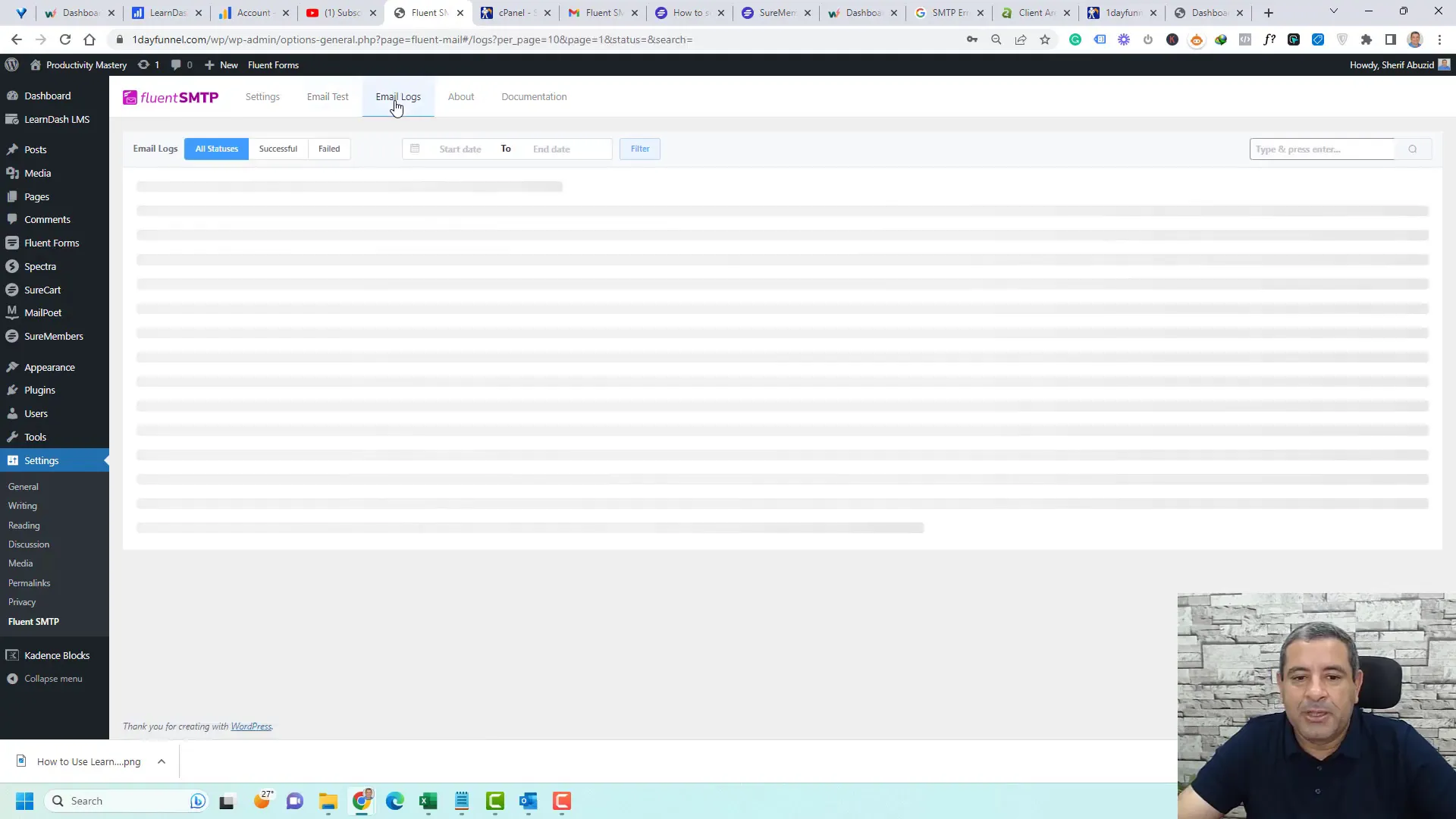
Exploring Email Logs
Email logs are a crucial feature of Fluent SMTP that allows you to track the emails sent from your WordPress site. This section will provide an overview of how to access and interpret these logs.
To view the email logs, navigate to the Fluent SMTP settings in your WordPress dashboard. Here, you will find a dedicated section for logs, which displays all the emails sent through the plugin.
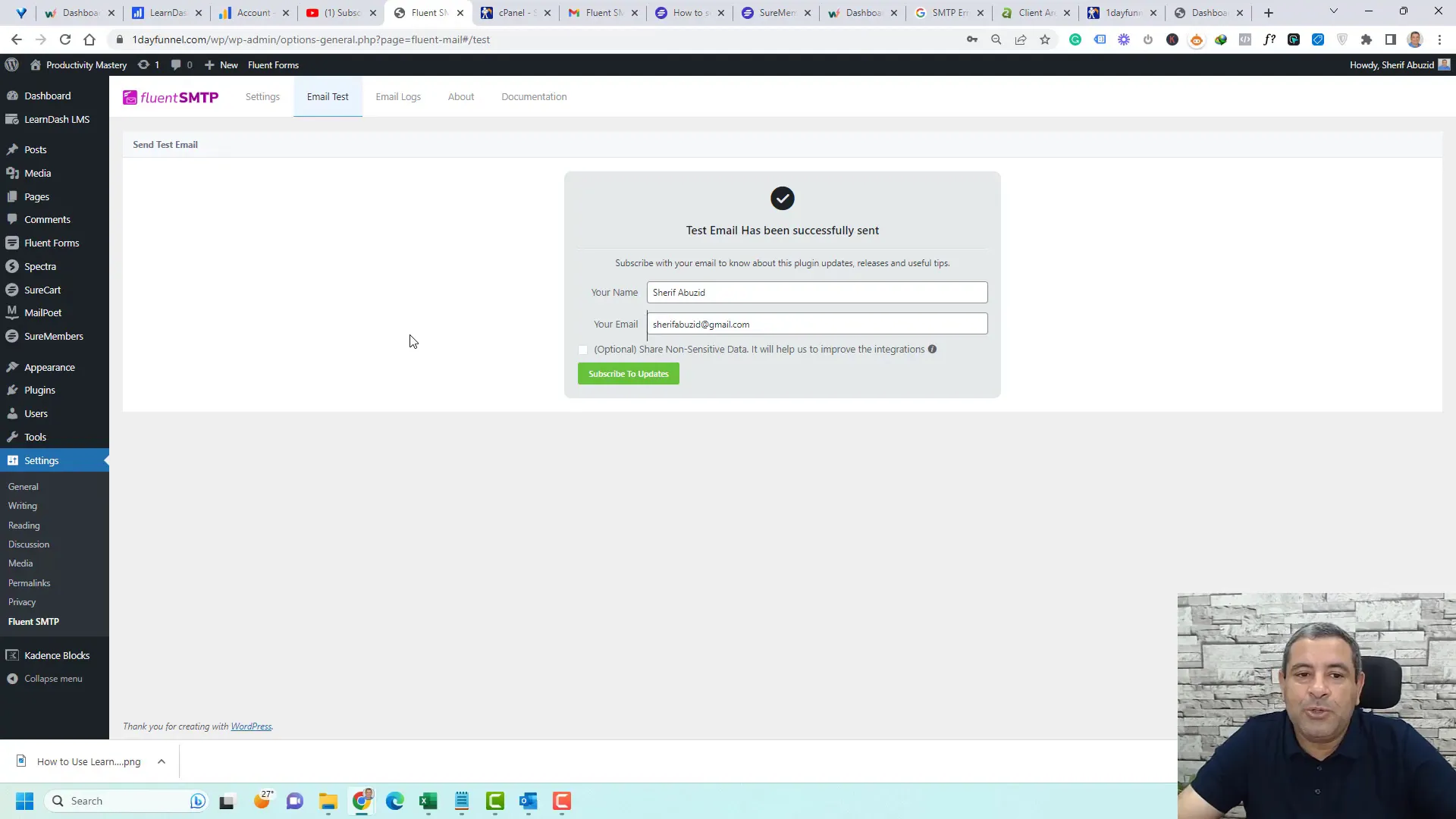
Understanding the Log Details
The email logs provide valuable insights into your email sending history. Each entry typically includes the following information:
- Date and Time: When the email was sent.
- Recipient: The email address of the recipient.
- Status: Whether the email was successfully delivered or failed.
- Error Messages: Any issues encountered during delivery, if applicable.
By analyzing this information, you can identify patterns in email delivery and troubleshoot potential issues effectively.
Pros and Cons of Fluent SMTP
While Fluent SMTP is a robust solution for email delivery, it’s essential to weigh its advantages and disadvantages.
Pros
- User-Friendly Interface: The plugin is designed with simplicity in mind, making it easy for users of all skill levels to configure.
- Multiple Provider Support: Fluent SMTP supports various email providers, allowing flexibility in choosing the best service for your needs.
- Email Logging: The email logging feature helps you track performance and identify issues with email delivery.
- Improved Deliverability: By using SMTP, emails are less likely to be marked as spam, ensuring better inbox placement.
Cons
- Dependency on External Services: Users must rely on third-party email providers, which may incur additional costs or require separate accounts.
- Configuration Complexity: While the setup is straightforward, some users may find configuring SMTP settings challenging, especially if unfamiliar with email protocols.
- Limited Free Options: Some of the more advanced features may require a paid plan from the email provider.
Who Should Use Fluent SMTP?
Fluent SMTP is suitable for a variety of users, particularly those who rely on email communication through their WordPress sites.
Ideal Users Include:
- Online Store Owners: WooCommerce users who need to ensure order confirmations and notifications reach customers reliably.
- Bloggers: Content creators who want to maintain communication with their audience through newsletters or updates.
- Service Providers: Businesses that rely on contact forms for lead generation should ensure prompt email responses.
If you fall into any of these categories, Fluent SMTP can significantly enhance your email reliability and effectiveness.
Overall Recommendation
In conclusion, Fluent SMTP offers a comprehensive solution for WordPress users looking to improve their email delivery. Its user-friendly setup, extensive provider support, and email logging capabilities make it a valuable tool for ensuring reliable communication.
However, potential users should consider their specific needs, particularly regarding email provider choices and configuration complexity. If you seek a straightforward way to enhance email deliverability, Fluent SMTP is highly recommended.
Pricing Information
Fluent SMTP is a free plugin available in the WordPress repository. However, users may incur costs based on their chosen email-sending provider.
Some popular email services offer both free and paid plans. For instance:
- Mailgun: Free tier available with limited monthly sends, with paid options for higher volumes.
- SendGrid: Offers a free plan with a monthly limit, with scalable paid plans as your needs grow.
- AWS SES: Cost-effective solution based on usage, ideal for high-volume senders.
It’s essential to evaluate these options based on your email-sending requirements and budget.
FAQ About Fluent SMTP SMTP



